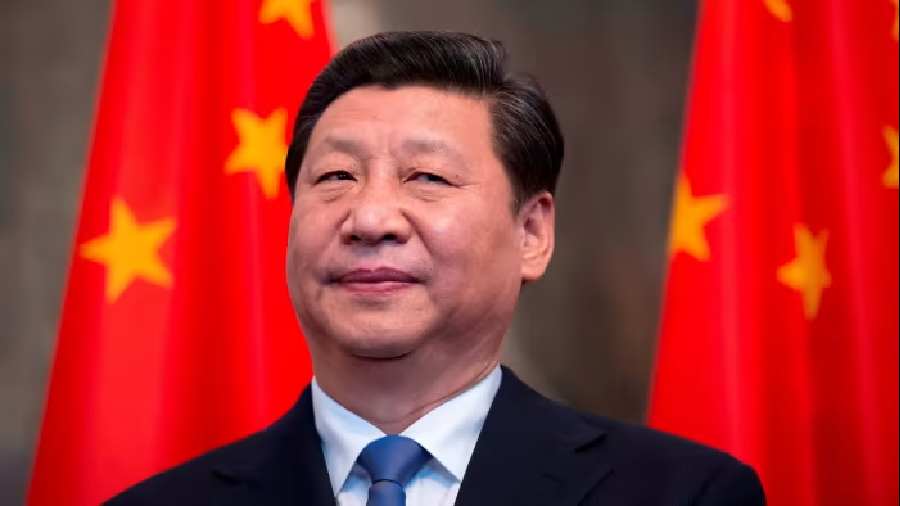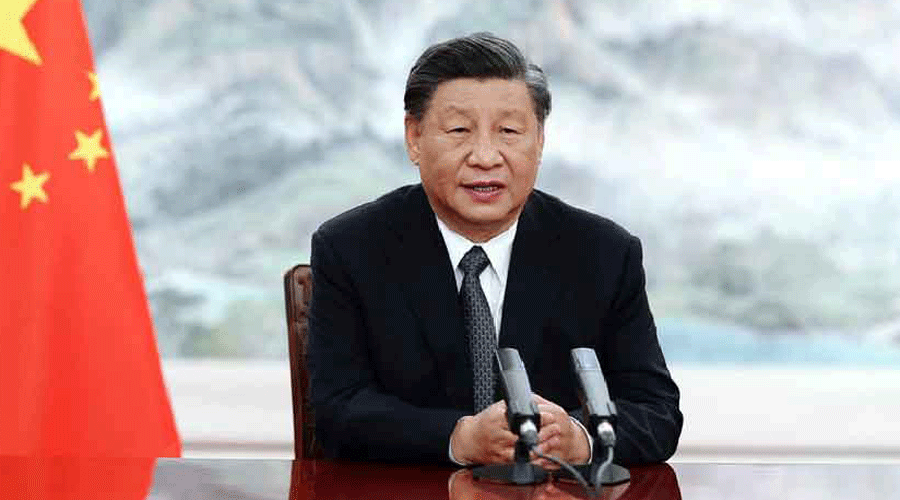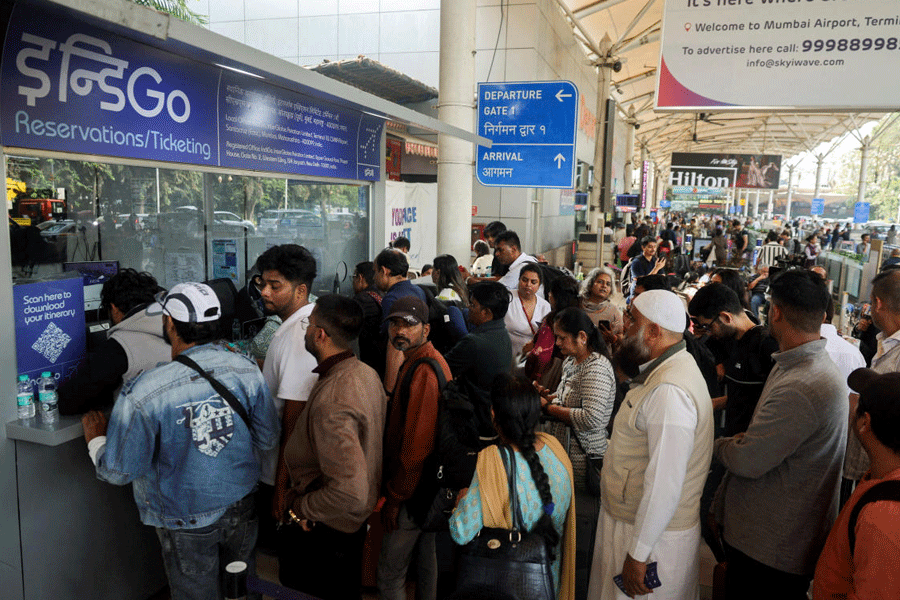The Chinese border incursions into India are part of a strategically planned and coordinated effort to gain permanent control over disputed border areas, scientists specialising in security affairs said in a study released on Thursday.
Their findings, based on statistical methods and game theory — mathematical analyses of decision-making in conflict situations — support the contention by military veterans that China plans to retain the areas it has newly occupied and establish a “new status quo” along the Line of Actual Control (LAC).
The scientists, who studied Chinese incursions into India from 2006 to 2020, said their findings corroborate earlier suggestions about China pursuing an “expansionist strategy”. But they added that “India’s military position may be stronger than usually acknowledged by its military analysts”.
Their analysis, published in the research journal PLOS One, indicates that the incursions are not random but clustered around 13 hotspots along the 3,488km LAC, the longest disputed border on the planet.
Six of the hotspots are along the Ladakh border in the west, and six are along the Arunachal Pradesh border in the east. The game theory analysis indicates that the incursions in Ladakh from Aksai Chin are part of a coordinated effort. “We’re the first to show statistically that the Chinese incursions (from) Aksai Chin point to a carefully designed strategy to capture territory or establish a permanent presence there (Ladakh),” V.S. Subrahmanian, a computer scientist and expert in security and counter-terrorism at Northwestern University in the US and a study team member, told The Telegraph.
The number of the incursions has increased over the years, but the absolute counts depend on how incursions are defined. According to Indian government figures, there were 150 to 300 incursions per year during 2005-2010 but the range increased to 300-650 incursions per year during 2015-2020. A different way of counting incursions showed a rise from 3 to 6 per year during 2005-2010 to 6 to 15 during 2015-20.
The analysis has shown that the count of incursions in the western sector is on an average more than three times the incursions in the east. In 2020, for instance, there were 10 incursions in the western sector compared with one in the eastern sector.
The researchers analysed the Chinese incursions in Ladakh using a mix of what they call Colonel Blotto Games and statistics. In Ladakh-Aksai Chin, they considered six hotspots — Chumur, Demchok, Depsang, Galwan, Hot Springs and Pangong.
The Colonel Blotto game models of the Chinese attacks suggest they will focus their troops on a small number of battlefields, Subrahmanian said.
“Of the six Aksai Chin (Ladakh) battlefields, we find greater Chinese focus on the Depsang plateau, Pangong Lake and Chumur and to some extent Demchok. But there is very little focus on the Galwan Valley and Hot Spring(s), compared with the other four, suggesting a carefully thought through deployment,” he told The Telegraph via email.
In six of the last nine years, China targeted only a single hotspot in the western sector. “This not only indicates that China tries to establish a permanent control over specific locations, but also that it does not have an upper hand,” the researchers wrote in their paper.
China has a stronger military force and a better-developed border infrastructure. But China’s numerical strength could be misleading, the researchers said, citing independent analyses.
“Furthermore, the local conditions favour the Indian Army which has improved its access to the (hotspots)…. Our results indicate that India’s military position may be stronger than usually acknowledged by its military analysts,” they wrote.
The study’s other collaborators are from the Delft University of Technology, the Netherland Defence Academy, Princeton University and Dartmouth College.
In an earlier study, the researchers had found that China attacks when it feels vulnerable. “We found an uptick in incursions when China is experiencing economic stress such as low consumer confidence. We also see upticks when India gets closer to the United States,” Subrahmanian said in a media release.
As means to defuse the conflict, the researchers have suggested early warning systems to predict when and where incursions might occur, and bilateral negotiations, among others. Agreements on specific locations could help significantly defuse the conflict, they have added.











